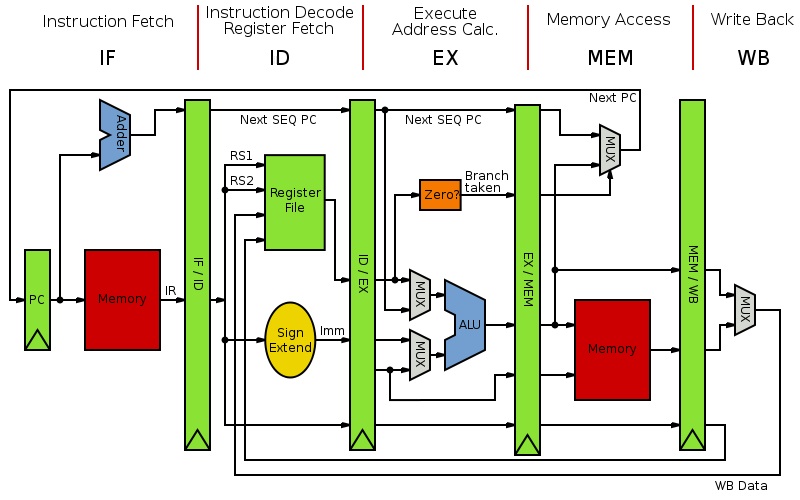
WEEK 1 LEARNING OBJECTIVES
Day 1
- List the three categories of computer systems.
- Describe each of the three categories of
computer systems.
- Compare and Contrast the
typical requirements for each of the three categories of computer
systems.
- List the four things that computer engineers
typically try to optimize.
Day 2
- List the five classic components of a computer.
- State the importance of the papers written
by John von Neumann and colleagues.
- Draw the Von Neumann Architecture.
- State the alternate name for the Von Neumann
Architecture.
- Describe the Von Neumann bottleneck.
- Describe how Von Neumann bottleneck is
removed by the Harvard Architecture.
- Define central processing unit (CPU) in the context of the five
classic components of a computer.
- List the three busses created by the CPU.
Day 3
- Define the stored-program concept.
- Compare and contrast
primary and secondary memory.
- Draw the modern computer architecture
memory pyramid.
- Identify temporary volatile storage and
permanent storage levels within the modern memory pyramid.
- Define volatile and non-volatile in the
context of computer memory.
- List the memory and storage size prefixes
(KB, MB, GB, etc. and how they differ in memory and storage).
- State Moore's Law.
- Describe how Moore's Law and transistor
density changed the computer industry.
- Describe why some sources now state we are
in the "post-Moore's Law era."
Day 4
- Define computer architecture.
- List the three subcategories of computer architecture.
- Compare and contrast the
three subcategories of computer architecture.
- List examples companies that are known for
their work in each of the three subcategories of computer
architecture.
- Compare and contrast
microprocessors and microcontrollers.
- State the first commercially available
microprocessor and its year of introduction.
- List examples of microprocessors and
microcontrollers.